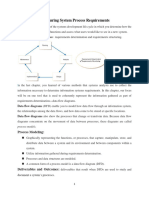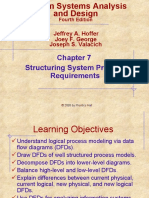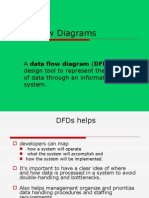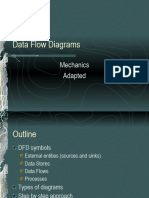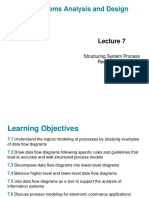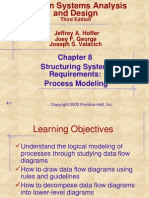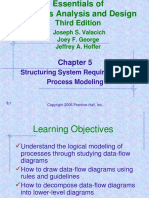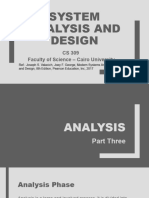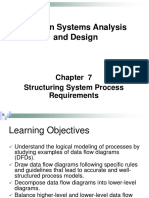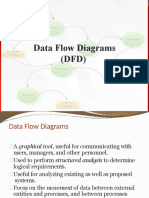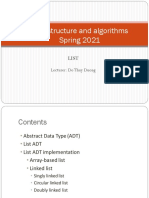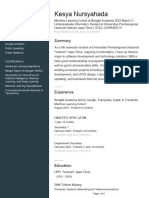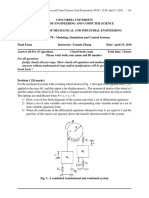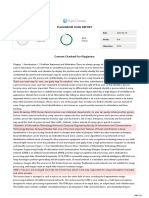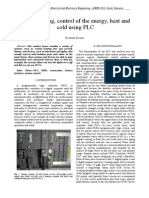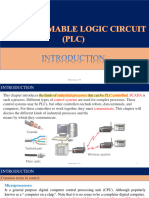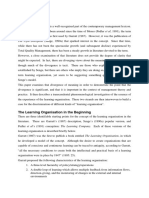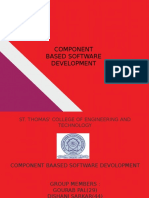0% found this document useful (0 votes)
74 views30 pagesData Flow Diagram: Faculty of Information Technology Hanoi University
Thank you for the summary. Data flow diagrams are a useful tool for modeling system processes and data flows at different levels of abstraction.
Uploaded by
Oanh Đoàn ThịCopyright
© © All Rights Reserved
We take content rights seriously. If you suspect this is your content, claim it here.
Available Formats
Download as PDF, TXT or read online on Scribd
0% found this document useful (0 votes)
74 views30 pagesData Flow Diagram: Faculty of Information Technology Hanoi University
Thank you for the summary. Data flow diagrams are a useful tool for modeling system processes and data flows at different levels of abstraction.
Uploaded by
Oanh Đoàn ThịCopyright
© © All Rights Reserved
We take content rights seriously. If you suspect this is your content, claim it here.
Available Formats
Download as PDF, TXT or read online on Scribd
/ 30





